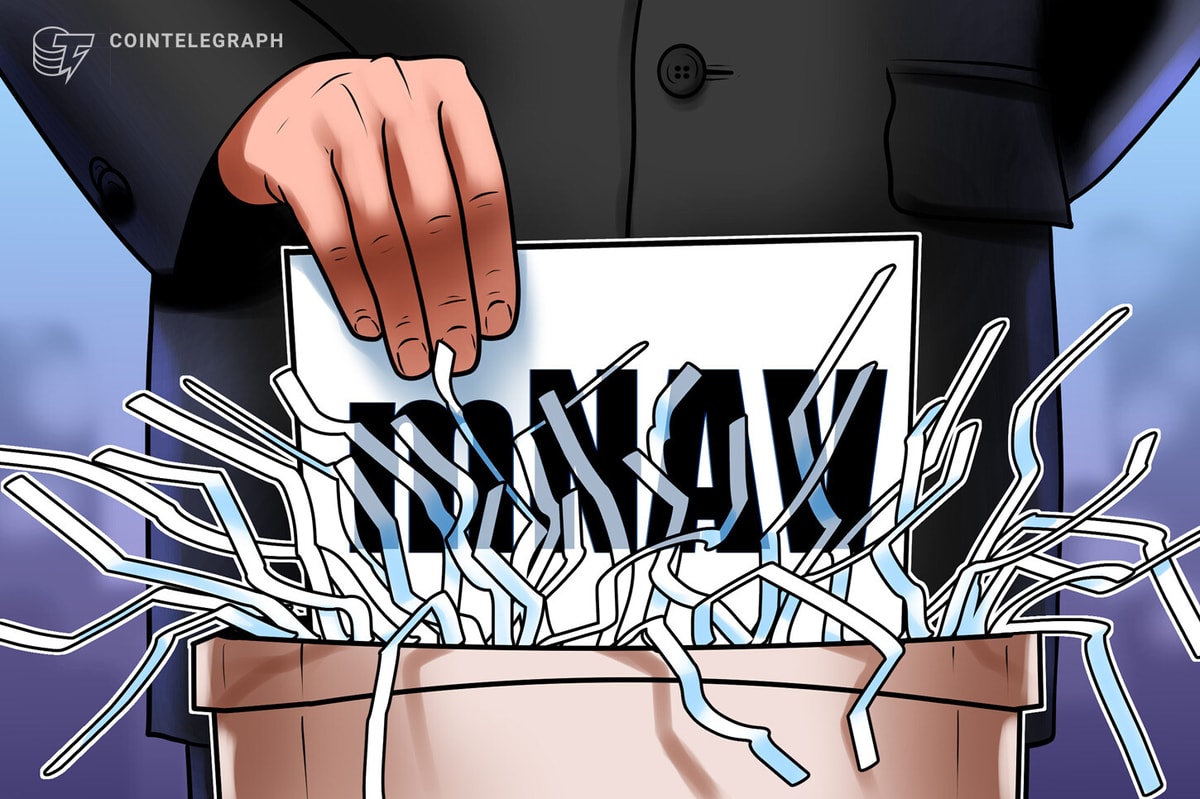Japanese Yen retreats from one-week top against a weaker USD

The Japanese Yen (JPY) trims a part of intraday gains to an over one-week top touched against a weaker US Dollar (USD) during the Asian session on Thursday, though retains its positive bias for the third straight day. The ruling Liberal Democratic Party’s (LDP) coalition split with the Komeito jeopardized Sanae Takaichi’s, who is known for her pro-stimulus stance, bid to become the country’s first woman Prime Minister. This helps ease concerns about Japan’s fiscal health and turns out to be a key factor that continues to underpin the JPY.
Furthermore, concerns about economic risks stemming from renewed US-China trade conflict, rising geopolitical tensions, and a protracted US government shutdown further benefit the JPY’s safe-haven status. The USD, on the other hand, is pressured by bets that the US Federal Reserve (Fed) will cut interest rates two more times this year. This marks a significant divergence in comparison to a relatively hawkish Bank of Japan (BoJ) and could further benefit the lower-yielding JPY, which, in turn, should cap the USD/JPY pair’s attempted recovery.
Japanese Yen bulls have the upper hand amid easing fiscal concerns, sustained safe-haven buying
- The long-standing Liberal Democratic Party (LDP)–Komeito coalition came to an abrupt end last week. The breakup, in turn, means the newly elected LDP leader, Sanae Takaichi, would need support from other parties to confirm her as Japan’s first female Prime Minister.
- Takaichi is a supporter of the former Premier Shinzo Abe’s economic policies, who advocated heavy spending and monetary stimulus to support the economy. The developments, however, helped ease concerns about Japan’s fiscal health and underpinned the Japanese Yen.
- Meanwhile, Japan’s parliament failed to set a date for its vote on the new Prime Minister as opposition parties are also holding talks to secure enough backing to form a new government. The uncertainty creates a challenge for the Bank of Japan to hike interest rates further.
- US-China trade tensions escalated in recent weeks after the US broadened tech restrictions and China outlined tighter export controls on rare earths. Moreover, both countries announced the tit-for-tat port fees on vessels linked to each other’s fleets, fueling trade war fears.
- In fact, US President Donald Trump said he saw the US as locked in an all-out trade war with China. However, US Treasury Secretary Scott Bessent proposed a longer pause on high tariffs on Chinese goods if China halts its plan for strict export controls on critical minerals.
- On the geopolitical front, US secretary of war Pete Hegseth warned Russia to stop fighting or risk a response only the US can give. This raises the risk of a further escalation of the protracted Russia-Ukraine war and benefits the JPY’s safe-haven status amid BoJ rate hike bets.
- Meanwhile, BoJ board member Naoki Tamura said on Thursday that the economic growth rate in Japan is likely to rise and the slowdown in overseas economies will not be as significant as initially expected. Tamura added that the BoJ should push rates closer toward levels deemed neutral.
- This marks a significant divergence in comparison to firming expectations that the US Federal Reserve will deliver a 25-basis-point rate cut each in October and in December. Moreover, concerns that the US government closure would affect the economy weigh on the USD.
- A judge on Wednesday temporarily blocked the Trump administration from firing federal workers amid the ongoing shutdown, which started on October 1. This comes as the Senate fails to advance a House-passed GOP bill to fund the government for the ninth time.
- Traders now look to speeches from a slew of influential FOMC members, due later during the North American session, for more rate-cut cues. This, in turn, will play a key role in influencing the USD price dynamics and provide some impetus to the USD/JPY pair.
USD/JPY needs to surpass the 151.00 mark to back the case for any further recovery

The overnight downfall dragged the USD/JPY pair below the 200-hour Simple Moving Average (SMA). The subsequent slide below the 150.70 area, or the 38.2% Fibonacci retracement level of the recent solid recovery from the October monthly swing low, could be seen as a key trigger for bearish traders. However, oscillators on the daily chart are still holding in positive territory, suggesting that spot prices could find some support near the 150.00 psychological mark. The said handle coincides with the 50% Fibo. retracement level, which, if broken decisively, might expose the 61.8% Fibo. retracement level, around the 149.15 region.
On the flip side, any recovery attempt might now confront an immediate barrier near the 151.00 mark. A sustained move beyond could lift the USD/JPY pair further, though it is more likely to remain capped near the 151.65 confluence hurdle. The said area comprises the 200-hour SMA breakpoint and the 23.6% Fibo. retracement level. However, some follow-through buying would negate any near-term negative bias and allow spot prices to reclaim the 152.00 round figure before climbing further towards the weekly swing high, around the 152.60 region.
Bank of Japan FAQs
The Bank of Japan (BoJ) is the Japanese central bank, which sets monetary policy in the country. Its mandate is to issue banknotes and carry out currency and monetary control to ensure price stability, which means an inflation target of around 2%.
The Bank of Japan embarked in an ultra-loose monetary policy in 2013 in order to stimulate the economy and fuel inflation amid a low-inflationary environment. The bank’s policy is based on Quantitative and Qualitative Easing (QQE), or printing notes to buy assets such as government or corporate bonds to provide liquidity. In 2016, the bank doubled down on its strategy and further loosened policy by first introducing negative interest rates and then directly controlling the yield of its 10-year government bonds. In March 2024, the BoJ lifted interest rates, effectively retreating from the ultra-loose monetary policy stance.
The Bank’s massive stimulus caused the Yen to depreciate against its main currency peers. This process exacerbated in 2022 and 2023 due to an increasing policy divergence between the Bank of Japan and other main central banks, which opted to increase interest rates sharply to fight decades-high levels of inflation. The BoJ’s policy led to a widening differential with other currencies, dragging down the value of the Yen. This trend partly reversed in 2024, when the BoJ decided to abandon its ultra-loose policy stance.
A weaker Yen and the spike in global energy prices led to an increase in Japanese inflation, which exceeded the BoJ’s 2% target. The prospect of rising salaries in the country – a key element fuelling inflation – also contributed to the move.





